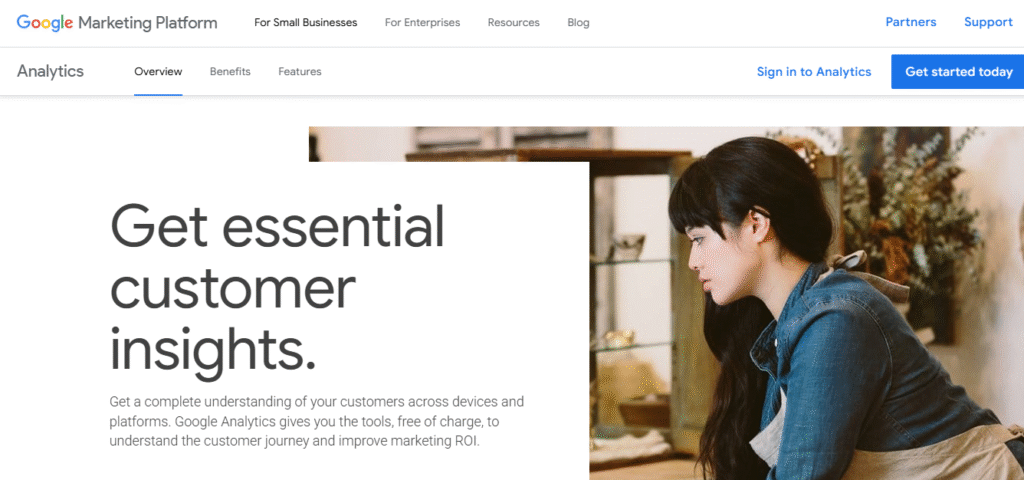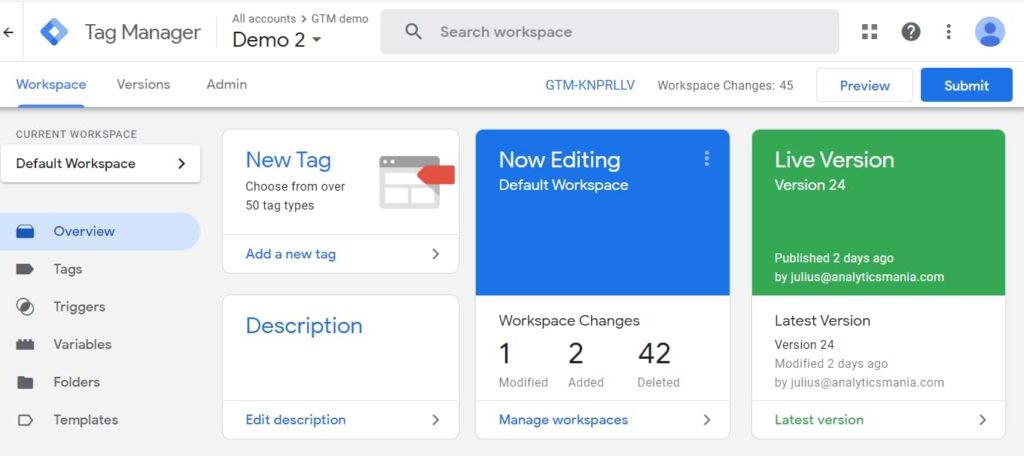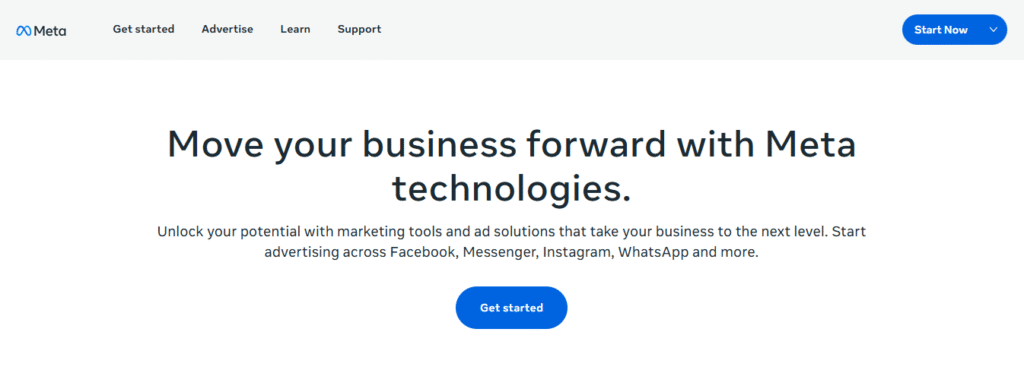You’ve spent money on ads, posted every day on social media, even paid an SEO agency to “rank your website.”
But when someone asks, “So, how’s your marketing doing?” You pause.
You feel like it’s working, but you don’t really know.
This is the exact problem many business owners face today. Marketing looks exciting when the likes and followers are growing, but those numbers don’t always tell the truth.
What really matters is whether all that effort is putting money back into your pocket.
That’s where digital marketing ROI comes in.
ROI (Return on Investment) indicates whether your marketing efforts are actually generating a profit or simply depleting your budget.
This article will break everything down in the simplest terms:
- What ROI means,
- How to measure it step-by-step,
- The tools to use,
- And how to stop guessing so you can make smarter marketing decisions.
Let’s start with the basics: what exactly does ROI mean in marketing?
What Exactly Is Marketing ROI (and Why It Matters)
In simple terms, marketing ROI measures how much you earn compared to how much you spend on marketing.
If you spend ₦100,000 on an ad campaign and make ₦300,000 in sales, your ROI tells you whether that was a smart move or not.
The basic formula is:
ROI = (Revenue from Marketing – Cost of Marketing) ÷ Cost of Marketing × 100
Let’s break that down with an example:
A fashion brand spends ₦100,000 on Instagram and Google Ads. Those campaigns bring in ₦350,000 in confirmed product sales.
Plug the numbers in:
ROI = (₦350,000 – ₦100,000) ÷ ₦100,000 × 100 = 250%
That means every ₦1 spent brought back ₦2.50 in return.
Pretty solid, right?
ROI matters because it:
- Tells you what’s profitable: You see which marketing channels actually bring results.
- Helps you plan smarter: You know where to increase spending and where to cut losses.
- Keeps your business healthy: You’re not just busy marketing; you’re marketing for profit.
Why Many Businesses Fail to Measure ROI Correctly
Most businesses fail at ROI, not because they’re lazy, but because they’re tracking the wrong things.
Here’s what usually goes wrong:
Tracking the wrong metrics
They focus on likes, views, or followers, but those don’t always lead to sales. You can’t pay rent with likes.
No proper tracking setup
Many businesses never install Google Analytics or use UTM links, so they have no idea where their sales come from.
Mixing goals
Some campaigns are meant to build awareness, others are meant to sell. Mixing both without clarity makes it impossible to know what’s working.
Relying on assumptions
“I heard people are talking about us.”
That’s nice, but how many actually bought something?
Example:
A restaurant boosts its Instagram post every weekend, but never tracks how many table reservations come from that ad. That’s not strategy, that’s guesswork.
Step 1: Set Clear and Measurable Goals
Before tracking ROI, you must set specific goals.
Saying “I want more visibility” doesn’t help. Visibility doesn’t pay bills.
Instead, use SMART goals: Specific, Measurable, Achievable, Relevant, and Time-bound.
Examples:
- “Get 500 new website visitors this month.”
- “Convert 50 leads from Instagram Ads.”
- “Sell 100 digital courses in 30 days.”
Each goal should tie directly to a number: clicks, signups, or sales.
Let’s say a tech training school decides:
Goal: Enroll 100 new students in 60 days through Facebook ads.
That’s measurable. You can track every click, every form submission, and every payment to see if your goal is met.
When your goals are clear, calculating ROI becomes easy because you know exactly what you’re measuring.
Step 2: Track the Right Metrics
Different marketing channels have different success indicators.
Here’s a breakdown of key metrics you should track:
| Channel | Metrics to Track | What It Tells You |
| Website (SEO) | Traffic, bounce rate, conversions | How engaging and relevant your content is |
| Social Media | Click-through rate (CTR), leads, sales | Whether your campaigns actually move people to act |
| Email Marketing | Open rate, CTR, conversions | Audience loyalty and interest |
| Paid Ads | Cost per click (CPC), conversion rate, ROAS | How efficiently your ad spend converts to revenue |
For example, if your Instagram post gets 2,000 likes but only 10 link clicks, your ROI is weak. It means people enjoy your content but aren’t taking the next step or making a purchase.
Focus on metrics that tie back to revenue, not vanity numbers.
Step 3: Use the Right Tools
To measure ROI properly, you need tools that show what’s working.
Here are some essential ones:
- Google Analytics 4 (GA4): Tracks who visits your website, how long they stay, and what pages they click.

- Google Tag Manager: Makes it easy to track events like button clicks or form submissions.

- Meta Ads Manager / TikTok Analytics: Helps you see which ad creatives are performing.

- HubSpot or Zoho CRM: Tracks leads from first click to final sale.
- UTM Parameters: These are tracking tags added to links. They tell you exactly where your visitors came from (e.g., “Instagram Ad #2” or “Email Campaign May 2026”).
Example:
A real estate company adds UTM links to every Facebook ad. Later, in Google Analytics, they can see which ad generated actual property inquiries. That’s how you make decisions based on data, not guesswork.
Step 4: Calculate ROI the Simple Way
Let’s revisit the formula:
ROI = (Revenue – Marketing Cost) ÷ Marketing Cost × 100
Now, let’s apply it to two examples.
Example 1: E-commerce Business
You spend ₦50,000 on Meta Ads.
You make ₦200,000 in verified sales.
ROI = (₦200,000 – ₦50,000) ÷ ₦50,000 × 100 = 300%
That means every ₦1 brought ₦3 back.
Example 2: Service Business
You spend ₦30,000 on an email marketing campaign.
Six clients sign up, each paying ₦30,000 (₦180,000 total).
ROI = (₦180,000 – ₦30,000) ÷ ₦30,000 × 100 = 500%
That’s five times your money back. Great ROI.
But here’s the thing: not every campaign will show results instantly.
Some efforts, like SEO or brand awareness, take time before they pay off.
So, when calculating ROI, always add context.
Step 5: Measure ROI by Channel
ROI isn’t one-size-fits-all. Each marketing platform behaves differently.
Here’s how to look at ROI per channel:
- SEO ROI: Focus on organic traffic growth, form submissions, and keyword rankings.
- Social Media ROI: Check engagement that leads to real actions (clicks, messages, or purchases).
- Email Marketing ROI: Track how many people click your links or buy from your email campaigns.
- Paid Ads ROI: Measure cost per lead or cost per sale.
Example:
A skincare brand discovers that its email newsletters generate ₦200,000 in sales monthly, while Instagram ads only bring ₦50,000.
That means email gives 4x better ROI. The smart move? It shifts more budget to email.
This is why measuring ROI separately helps you know which channel truly deserves your money.
Beyond Numbers: Understanding True ROI
ROI is not just about cash returns.
Some marketing efforts build trust and brand awareness, and that’s equally important.
For example:
- A viral TikTok video may not bring sales today, but might make people remember your brand later.
- A blog post that teaches something valuable builds authority.
- A customer who doesn’t buy now might buy next month because they trust you more.
These results don’t always show in spreadsheets, but they add long-term value.
Real ROI is a mix of:
- Quantitative results: sales, clicks, leads
- Qualitative impact: brand reputation, customer loyalty, word-of-mouth
Example:
A startup runs a branding campaign for 3 months, with little sales at first. But the next month, web traffic triples, and leads start coming naturally. That’s delayed ROI, but it’s still ROI.
Common Mistakes to Avoid
Here are common traps that kill ROI measurement:
- Ignoring data: Running campaigns without checking analytics.
- Not connecting results to goals: You can’t measure what you never defined.
- Measuring too early: Some ads need time to mature.
- Ignoring offline conversions: Like phone calls or walk-in customers.
- Using too many tools: Keep it simple and track what matters.
Example:
A furniture store runs Facebook ads but forgets to include a tracking link.
People may be calling from the ad, but since there’s no way to tell, they assume the ad failed. That’s poor tracking, not poor marketing.
Real-World Example (Case Study)
Let’s bring this home with a real-world scenario.
The Situation
A Lagos-based online fashion retailer spends about ₦200,000 monthly on Google and Instagram Ads. Sales are okay, but they don’t know which ad is performing better.
The Action
- They set up Google Analytics 4 and added UTM tracking to every ad.
- They discover that their Instagram Reels ads bring 3x more traffic than static image ads.
- They also find that customers who click through Google Ads spend more on average.
- They pause the low-performing ads and shift more budget to what’s working.
The Result
- Website traffic grows by 60%.
- Sales rise by 40%.
- Ad spend efficiency improves significantly.
The Lesson
You can’t improve what you don’t measure.
Once you know what’s working, it’s easier to repeat success and drop what’s wasting money.
Quick Action Plan for SMEs
If you’re a small or growing business, here’s a simple 5-step plan to start measuring your digital marketing ROI:
- Set 3 clear goals; e.g., increase sales, website visits, or leads.
- Install Google Analytics 4, so you can track where visitors come from.
- Add UTM tags to your ads and email links.
- Measure results weekly, track what’s improving or dropping.
- Adjust campaigns based on real numbers, not feelings.
Remember, you don’t need to be a data expert.
You just need to start paying attention to what your numbers say.
Conclusion
Marketing without tracking is like driving blindfolded; you’ll move, but you won’t know if you’re going in the right direction.
When you measure your digital marketing ROI, you gain control.
You see what works, what doesn’t, and where your money makes the most impact.
You don’t need big words or fancy dashboards, just simple tools, clear goals, and a bit of consistency.
Start small.
Track your results weekly.
Refine your campaigns based on data, not assumptions.
If you need help setting up proper ROI tracking for your business, Oxgital can help you build a custom, data-driven marketing plan that fits your goals and budget.
